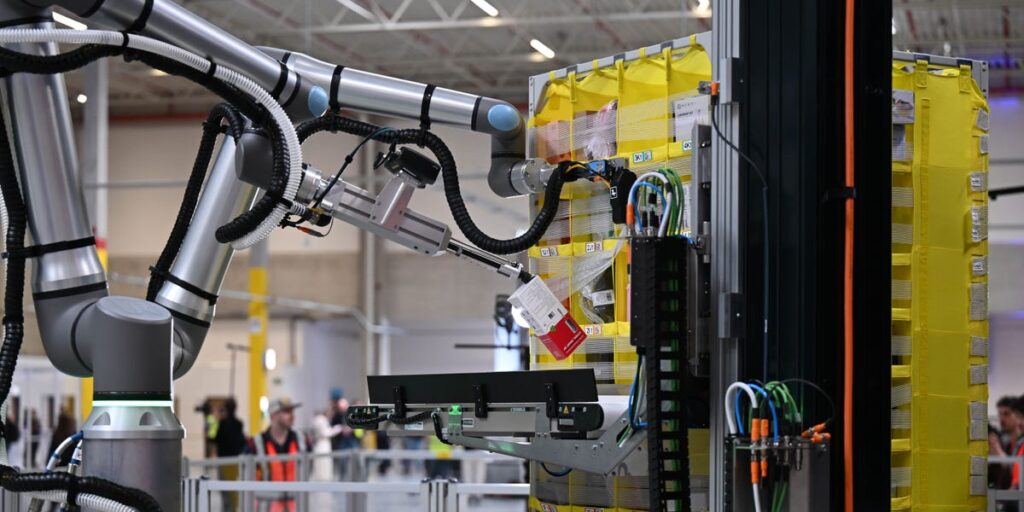The US manufacturing sector has faced significant challenges over the years, driven by factors such as globalization and competition from countries like China. While some policies, such as import tariffs, have attempted to stem the tide of decline, there is a growing consensus that a transformative approach is needed—one that embraces technological innovation. Artificial intelligence (AI) and robotics present viable pathways to reinvigorate productivity and competitiveness within the sector.
However, as companies increasingly integrate AI and automation into their operations, they must also navigate a series of potential pitfalls. One of the most common problems with automation systems involves errors in programming or configuration. These errors can lead to suboptimal performance, increased operational costs, and ultimately affect the bottom line. To rectify these issues, it is essential to adopt a systematic approach to troubleshooting.
First, identifying the source of an error is vital. An automated system may exhibit erratic behavior due to misconfigured settings, problems with data input, or connectivity issues with APIs. Start by reviewing system logs and error messages that provide clues about what went wrong. This log data often contains vital information such as timestamps, error codes, and descriptions that can help pinpoint the issue.
Once you have gathered information, validate that the data being fed into your AI system is accurate and formatted correctly. Incorrect data inputs can cause algorithms to malfunction or produce misleading results. Check for inconsistencies, unusual patterns, or outliers in the data that may trigger unexpected behaviors. Any discrepancies should be corrected before the automation process is re-run.
Another frequent issue in automation is API rate limits. Many AI and software solutions rely on data from external APIs to function effectively. When these APIs impose rate limits, they can throttle the system’s performance, leading to significant delays or failures in processing tasks. To mitigate this, monitor API usage closely and establish a logging system that alerts your team when you approach the predefined thresholds. When limits are reached, you can adjust the request frequency or explore alternatives, such as caching responses for imminent calls to reduce the load.
Integration issues also pose a serious challenge for organizations adopting AI. Different systems often use varying protocols or data formats, which can hinder communication between various components. To address this, it is advisable to create a detailed mapping of all systems involved in the process. Document each point of connection and ensure that the necessary adapters or middleware solutions are in place to facilitate smooth data exchange.
Performing regular tests and audits can further enhance the reliability of your automation systems. Develop a routine for evaluating both the AI algorithms and the surrounding infrastructure. These assessments should include functional tests, where specific tasks are executed to confirm proper operation, as well as performance tests that measure system responsiveness under load. Insights gained from these evaluations can inform necessary adjustments, ensuring that your automation infrastructure continues to function optimally.
The risks associated with unresolved automation issues are significant. Ineffective automation can lead to increased operational costs, additional resource allocation for troubleshooting, and lost business opportunities. By implementing a proactive maintenance strategy and addressing errors swiftly, companies can significantly enhance their return on investment (ROI) in automation technologies. The faster problems are identified and corrected, the less downtime your business will experience, allowing for greater productivity and efficiency.
In conclusion, addressing common errors in AI and automation processes not only safeguards operational stability but also enhances overall productivity. Companies that commit to a rigorous troubleshooting framework position themselves to capitalize on the advantages that AI offers, creating a more resilient manufacturing sector that can adapt to changing market dynamics.
FlowMind AI Insight: Proactively managing errors in automation leads to superior operational performance and enhances the ROI on technological investments. Embracing systematic troubleshooting processes will empower businesses to effectively navigate challenges and realize the full potential of AI-driven efficiencies.
Original article: Read here
2025-06-27 07:00:00

